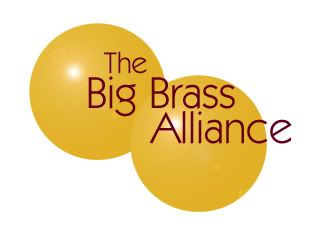Eric Carle: Influenced by the Nazis!
Maybe it's because I spend at least a half-hour each day reading, stacking, opening, reshelving my family's collection of Eric Carle picture books, but I was engrossed by NPR's recent stories on him (text - audio slideshow - audio). His art, is of course, wonderful, but this was the key bit for me:
Carle's familiar characters were inspired largely by the fox holes, spider webs, bugs and animals that he found exploring castles as a child in Stuttgart, Germany. Born in New York to German immigrants, Carle and his family moved back to Germany in 1935. In the years leading up to World War II, Carle would go on weekend hikes with his father, who would provide informal nature lessons on flora and fauna.
During the war, the Nazi educational system proved harsh, but Carle found solace in art. An influential art teacher, Herr Kraus, secretly introduced Carle to abstract artists like Picasso, Paul Klee and Matisse — all banned under the Nazi regime.
"At first I was upset," Carle says. "I thought this man was crazy because I had never seen anything like this … I was shocked and attracted to it at the same time." Today, Carle considers these artists among his greatest influences.
After 40 years of creating bright, bold illustrations, one thing still fascinates and frustrates Carle: color. Long, color-coded drawers filled with his hand-painted tissue papers line his studio wall. Each sheet of tissue paper would look at home hanging on a museum wall, but they're the building blocks for his collage compositions.
Yellow poses the biggest challenge to Carle. He can create 10 shades of green — from bright lime green to muted brown-greens and gray-greens – colors he remembers draping Germany's camouflaged buildings in World War II. But he has only discovered how to make about four shades of yellow.
So when I read Brown Bear, Brown Bear to my daughters, I'm indirectly invoking Nazi attempts to evade Allied bombers? Aieeee!
Not only that, but it turns out that his last name is pronounced like the first name "Carl," not "carl-ee." This blows my mind almost as much as learning that Richard Scarry said his first name like the state of fright, not like the quality of being covered by scars.





:: ::
::